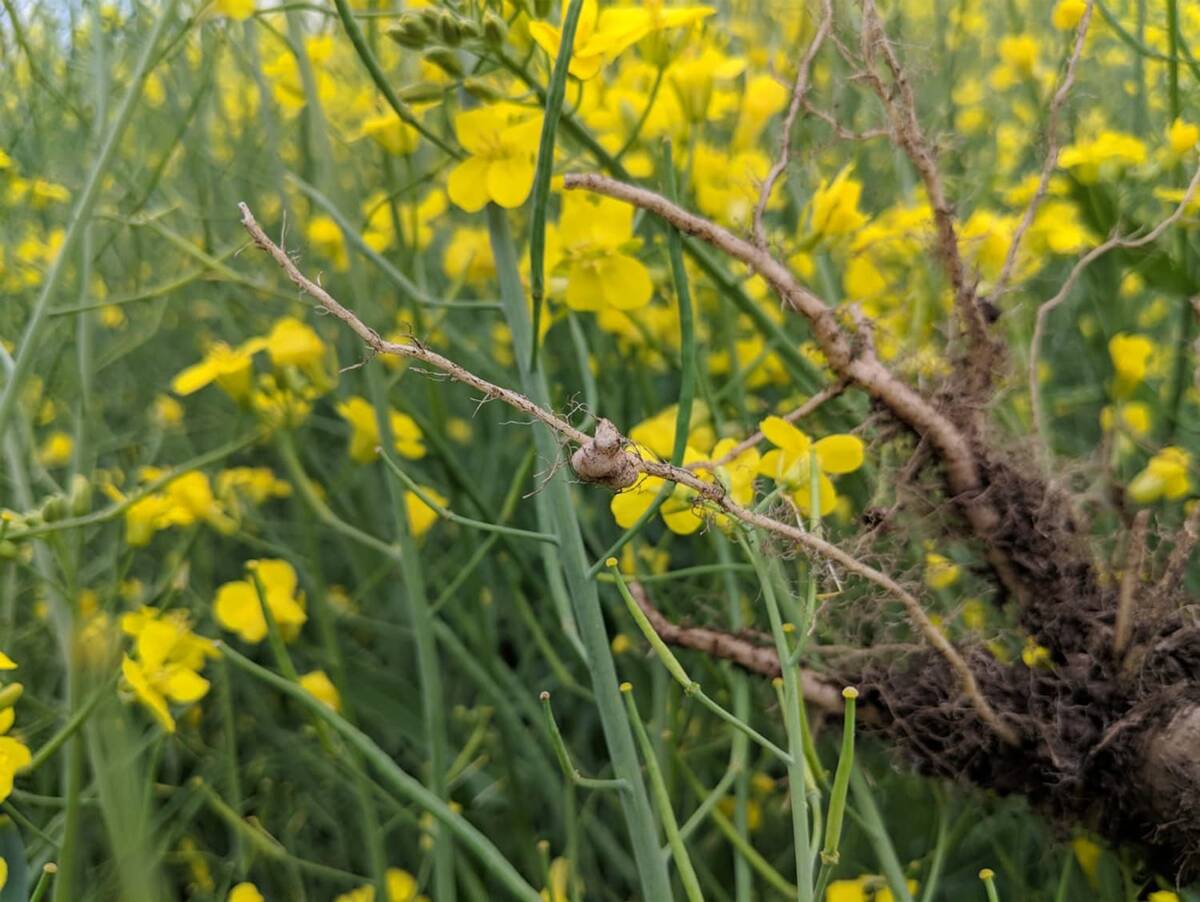Canola oil feedstock | Kyoto Fuels is also equipped to process animal tallow into fuel
The first sizeable biodiesel operation in Western Canada is up and running.
Kyoto Fuels Corp. has successfully commissioned its 66 million litre multi-feedstock plant in Lethbridge.
“We’ve demonstrated it works and made a lot of people very happy,” said Kyoto president Kelsey Prenevost.
“Now it’s time for the next stage, to turn it on and get it ramped up to that full production.”
He expects the plant to be producing the alternative fuel at its full capacity later this month.
Read Also

Going beyond “Resistant” on crop seed labels
Variety resistance is getting more specific on crop disease pathogens, but that information must be conveyed in a way that actually helps producers make rotation decisions.
The facility will initially use canola oil as its primary feedstock, but it is also equipped to process animal tallow into biodiesel. The plan is to eventually incorporate alternative crops such as camelina and carinata.
Rick White, general manager of the Canadian Canola Growers Association, welcomed the addition of another big canola buyer, especially one that is located close to where the crop is grown.
“We don’t have to export it. We don’t have to get it into other countries and face tariff and transportation costs to get that stuff overseas,” he said.
“It’s nice to have a domestic market here that we can serve.”
Ian Thomson, president of the Western Canada Biodiesel Association, is thrilled that the West finally has its first large-scale plant.
“Anybody who has been working on the industry for this long will be happy to see a plant of commercial scale opening, so it’s great news,” he said.
Alberta’s provincial biodiesel mandate has been in place for more than two years with nothing to show for it, other than a small demonstration facility in Airdrie.
Prenevost said the plant took longer to build than anticipated. The biggest stumbling block was raising the capital to build the $40 million facility at a time when markets were cautious coming off the 2008 global financial meltdown.
There were also unexpected engineering changes because Canadian biodiesel buyers wanted a fuel that was superior to the ASTM industry standard.
“That required some additional engineering and some additional work on our side to make sure that our system was going to be compatible to that standard. It was an extra level of fun,” said Prenevost.
He is grateful to the province, which provided the company with a $10 million capital grant in addition to a 13 cents per litre production incentive, which lasts through 2017.
The company has also received a production incentive from the federal government that will be worth 10 cents per litre in 2014 but declines over time until running out in 2017.
The remainder of the money for the project came from shareholders and banks. The shareholders are mainly individuals from southern Alberta.
The company hopes to make its first sales in the near future once its loading systems have been accredited. Kyoto will sell its fuel primarily to oil companies in Alberta, Saskatchewan and British Columbia, but it also intends to ship to the United States.
It will source its super degummed canola oil from major crush facilities in Western Canada. The plant would require canola seed from 163,000 acres of farmland if it relied totally on canola oil.
Canada’s two percent biodiesel mandate requires 330 million litres of the fuel to be used in Western Canada. Nearly all of that demand was previously being met by U.S. biodiesel.
The imbalance will be addressed by the Kyoto plant as well as the 265 million litre Archer Daniels Midland plant in Lloydminster, Alta., which is expected to open soon.
“We’re looking forward to satisfying some of the requirements of the (mandate) in Canada as it should have been done, with local supply,” said Prenevost.
The company doesn’t intend to stop at one plant.
“The cards are on the table for development of a similar-sized plant almost immediately,” he said.
It would be built adjacent to the existing one.
However, the focus for the time-being will be on getting the first plant running smoothly.
“Now that we’ve started production, we need to get it into a roll and (into) continuous production. After that we’ll start having those discussions fairly quickly,” said Prenevost.

















